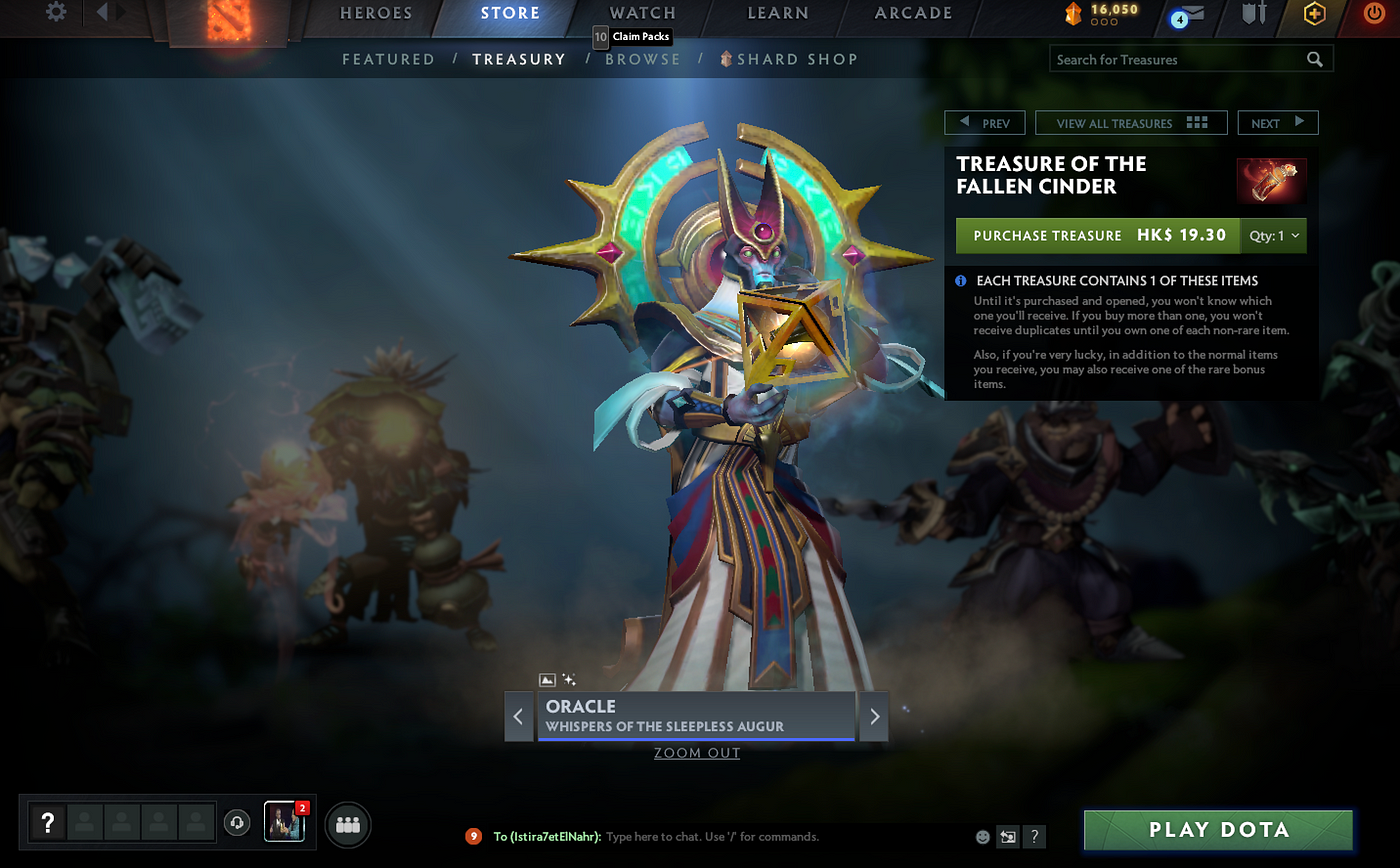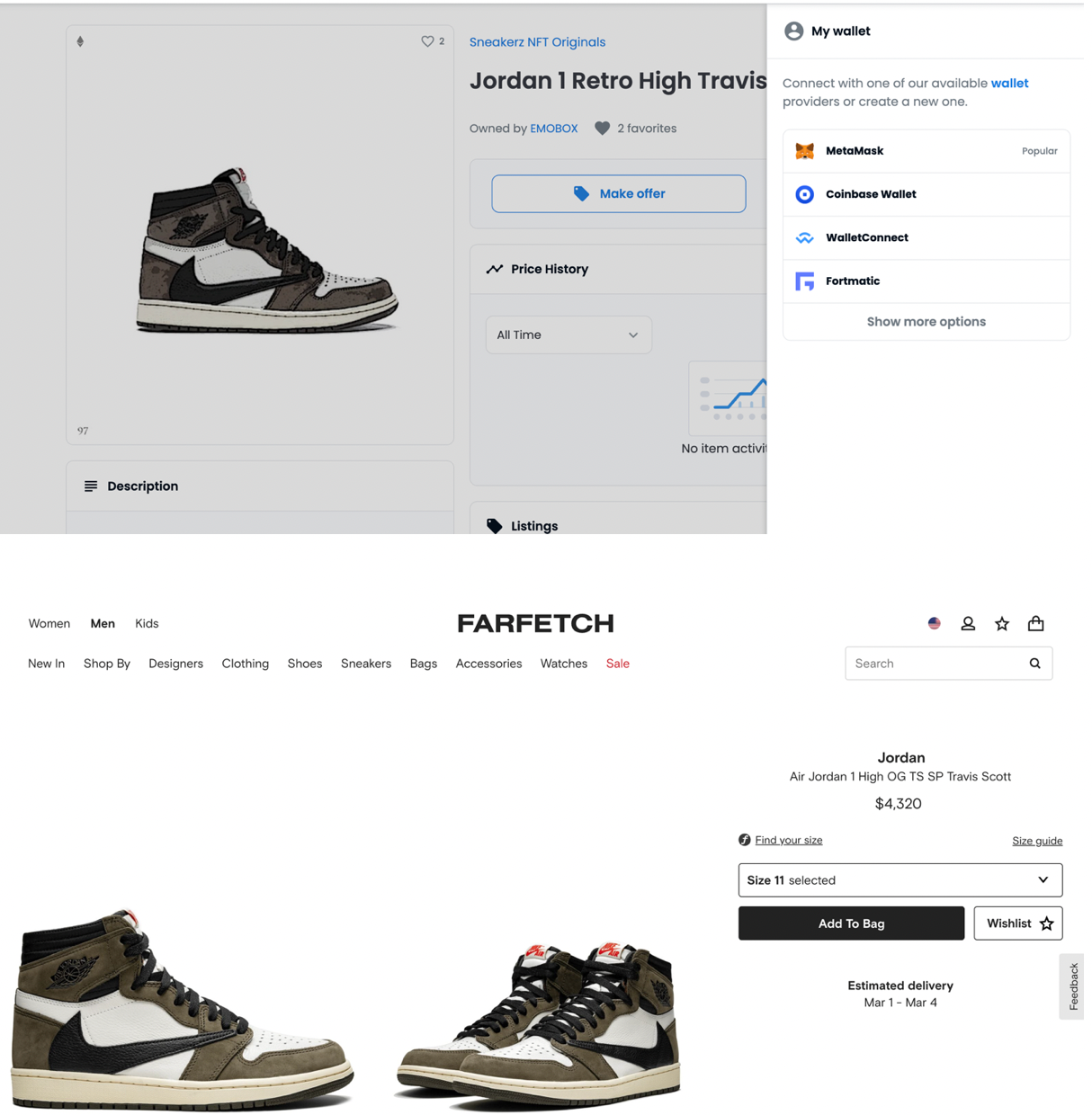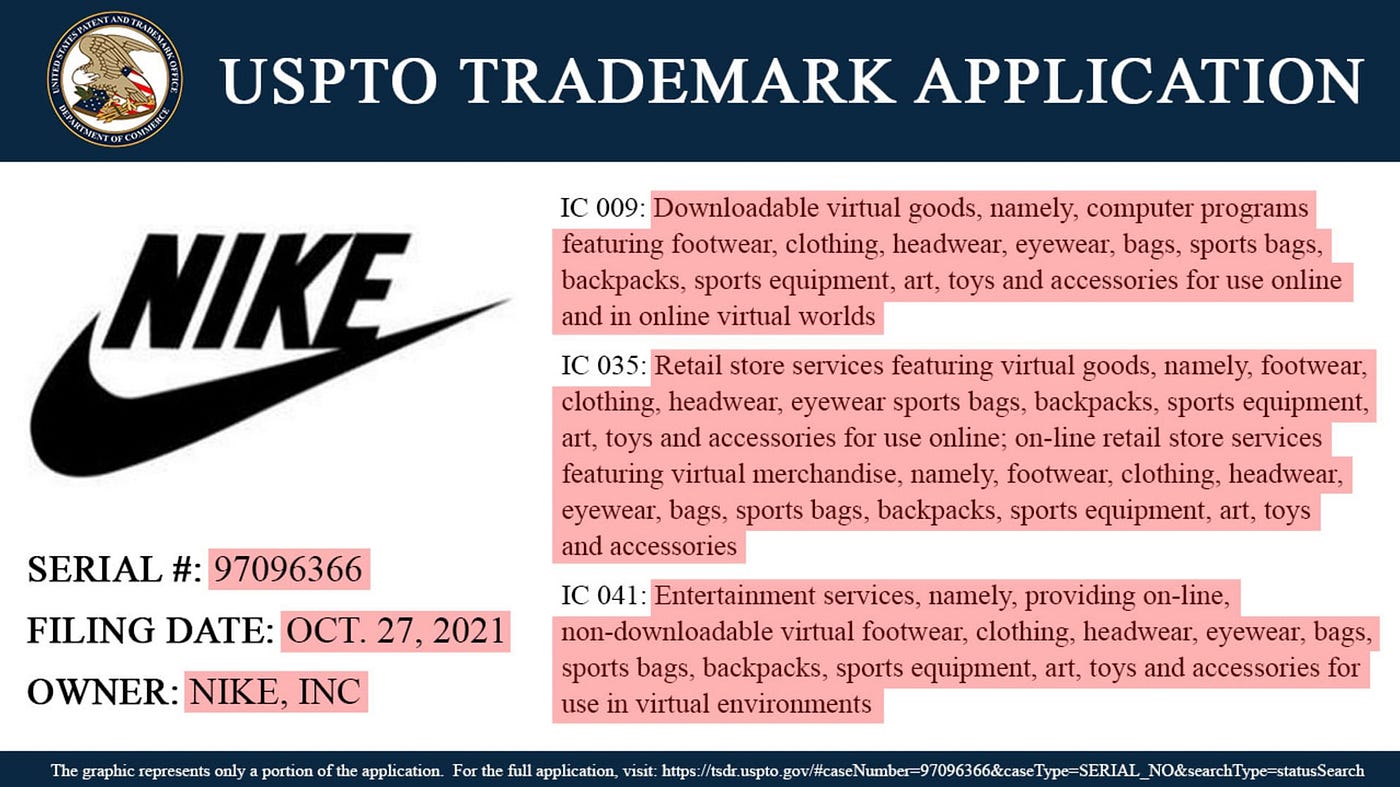Metashopping: Paving the way for the next experience frontier
The retail and shopping landscape has transitioned from standalone shops into retail outlets at malls (which continuously get bigger). To curb rising rental prices, achieve more accessible shopping experiences and attain a global reach, retailers started moving online as well.
With the introduction of metaverse, retailers have the opportunity to combine the in-store experience and their learnings from e-commerce in what will make up “metashopping”.
Think that buying digital goods is meaningless? Let me change your mind.
Generally, people are shocked at the idea that someone would buy a piece of digital art or any piece of digital clothing on the metaverse. Seems ironic given that the same people accept the idea of collecting stamps, sports cards or even rare collectible figurines. So why do they feel that this can only be applied in the real-world and not in the metaverse? Even though it is a digital asset, it follows the same principles: it’s rare, scarce and holds a sentimental value to a niche of people which makes that asset (physical or virtual) a collectible item of value.
Buying digital goods isn’t something new being introduced in the metaverse era. For example, this concept has long existed in gaming. There are over a billion gamers in the world and, in the US alone, 87 percent of them admitted to purchasing downloadable content, with some of the main purchases including in-game currency, cosmetic upgrades, and weapon upgrades. Example of a digital accessory for a hero character on Dota 2 costing about USD 2.5
Example of a digital accessory for a hero character on Dota 2 costing about USD 2.5
What’s the benefit of buying a digital good?
The shock factor comes from the fact that something isn’t real and that we don’t really own it. A parallel argument can be drawn to subscription services where we pay for the “illusion of ownership” of all the series, movies and music as long as we are subscribed to Netflix and Spotify. In contrast, when we buy an NFT (Non Fungible Token) or any digital goods, we’re the sole owner of that item which we can trade, sell, or even use.
As an example, I can buy a digital sneaker for my avatar for 0.05 ETH (~USD 150 at the time of writing) versus trying to buy the same rare shoe for USD 4K in the real-world. While this is an extreme example, it helps illustrate the trade-off a buyer can make to own something rare. Which choice you end up making is all about the investment you’re willing to make into your physical or digital swagger, and how much it can add to your confidence and happiness. Comparison of NFT of Nike Travis Scott shoe versus the price of the actual show. NFT costs 0.05 ETH (~USD 150) and the actual shoe is USD 4K
Comparison of NFT of Nike Travis Scott shoe versus the price of the actual show. NFT costs 0.05 ETH (~USD 150) and the actual shoe is USD 4K
So what the heck is the difference between online shopping and metashopping?
The metaverse is the next frontier where shopping takes a whole new dimension. If you’ve been looking to buy a specific bag or shoe, now you may be able to search for it in the metaverse, try it on, and manipulate it up close. And if the Oculus stick becomes a glove, it might also be able to simulate touch. You can get your avatar to try on numerous outfits without having to go through the hassle of physically being in a changing room trying on the different items.
You might have seen the recent reports that Gucci bought a property on Sandbox (a virtual world on the Ethereum blockchain) and that Nike is venturing into the metaverse by filing for new patents. https://www.cnbc.com/2021/11/02/nike-is-quietly-preparing-for-the-metaverse-.html
https://www.cnbc.com/2021/11/02/nike-is-quietly-preparing-for-the-metaverse-.html
Ridiculous? Not at all! Companies are experimenting and getting into the latest trend that m̶i̶g̶h̶t̶ will disrupt their businesses. Being early means a steeper learning curve that businesses get from being at the cutting edge of technology and innovation that deliver an immersive experience and that will only get them closer to a growing tech-savvy generation.
Luxury shopping available for all?
Luxury has always been about exclusivity and scarcity. Obviously, metashopping for digital goods won’t be as expensive as in the actual retail outlet (the price tag on any digital goods will be a fraction of the actual goods), but it would still be priced as a premium item in the metaverse.
But one key question that might still be too early to answer is whether luxury shops will limit the access of their digital goods / offerings to users that actually shop into their stores. This takes exclusivity to another level making it an ethical question that each luxury goods’ company would need to answer. Is the metaverse going to be used to replicate the inequalities and class system that we have in the real-world or would it be an opportunity to extend the reach of products to a wider population? While most people can’t afford a Gucci or Chanel bag, would these brands make their products affordable in the metaverse for people to experience and fulfil a particular unmet need in the real world?
Will metashopping hurt luxury sales?
I highly doubt it! For many people, it’s about showing off and this is more likely set to boost luxury goods sales by people opting to purchase their luxury goods for their avatars. Would it have an impact on real world sales? The whole point of luxury goods revolves around exclusivity and scarcity; I believe that brands will put in measures to limit supply of their goods rather than making these items widely available. If everyone can own luxury items in the metaverse, that in itself will put into question the allure that brands have and might have an impact on their real-world image.
From Omnichannel to Omniverse strategies
Omnichannel is defined as the ability to seamlessly provide a uniform experience to users across different channels. Omni-channel strategies will need to change to cater for a totally new way of reaching clients. Companies will need to start having “Omniverse Strategies“ (Physical, Online and Meta).
The use case everyone is talking about is where a user can purchase a digital clothing item in the metaverse with the option to select it from different stores with different delivery dates. Checkout is done instantly — no SMS OTP, no push authentication — instant and simple.
The opposite experience is also true and might also be more effective for brands. Just picture buying a new pair of Jordan sneakers on nike.com or physically from the Nike shop (if you haven’t noticed yet, I’m a huge Nike fan). One new question that you would be asked upon checkout is whether you would like this purchase to be added to your meta wardrobe to equip your avatar with your latest purchase further matching your style in the meta world. You would just scan your avatar QR code and voila! Your avatar gets equipped with the same gear as you!
To top it all up, companies are adding another layer of experience. This weekend, I tried out Nikeland on Roblox to get a sense of the hype. Here is a quick recap of my experience:
- I bought a cool hat with the tokens offered at the start.
- I got some cool shoes with the free coins that I collected while completing a few challenges around Nikeland.
- I was able to explore how different people imagine their playing space. I can even create my own playground!
- I discovered a new way to interact with people of similar interest.
My Roblox avatar discovering Nikeland
This is still in its infancy, so the selection is pretty limited and no one would be going there to shop…yet. But with every single tech company investing money into learning and looking to enable a differentiated experience on the metaverse, this is surely something in which we will see significant change and improvement. I’m looking forward to the next Nikeland update!
To sum it all up
For brands that are looking for new ways to interact with their user base, the metaverse will offer the technology and the engagement these companies are looking for. Many joined a bit too late and had to pay a steep price with undergoing never ending digital transformation just to catch up. The creative departments in these companies will have more tools at their disposal to add a WOW factor.
If you’re a minimalist and have gone all “Marie Kondo” on your closet lately, you can decide to maintain a simple, tidy lifestyle in real-life and make a whole mess in the metaverse. And guess what, no need to clean up — one button and everything goes back to place! Keep more things that spark joy in both the physical and meta world.






































